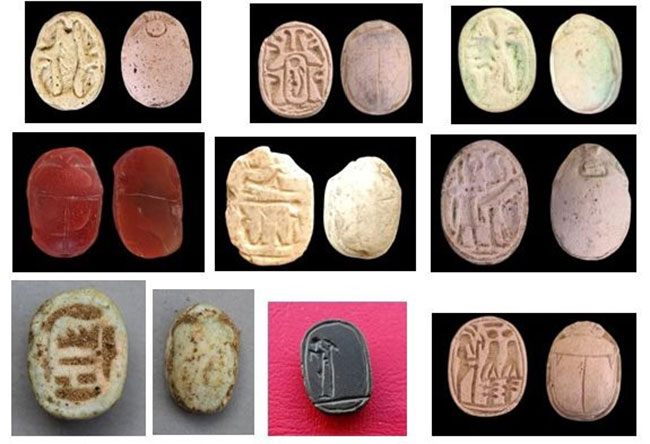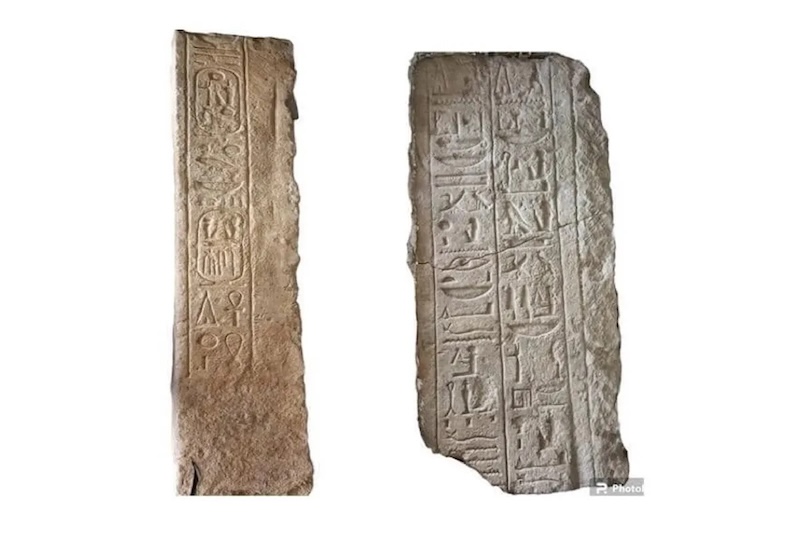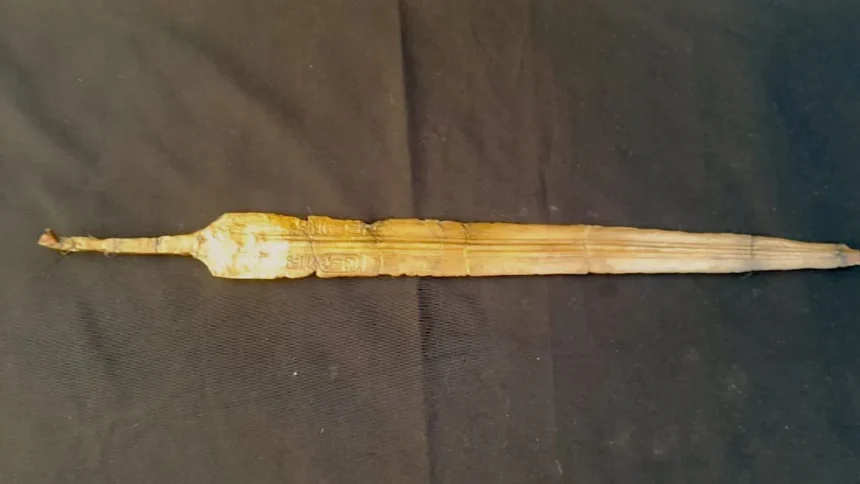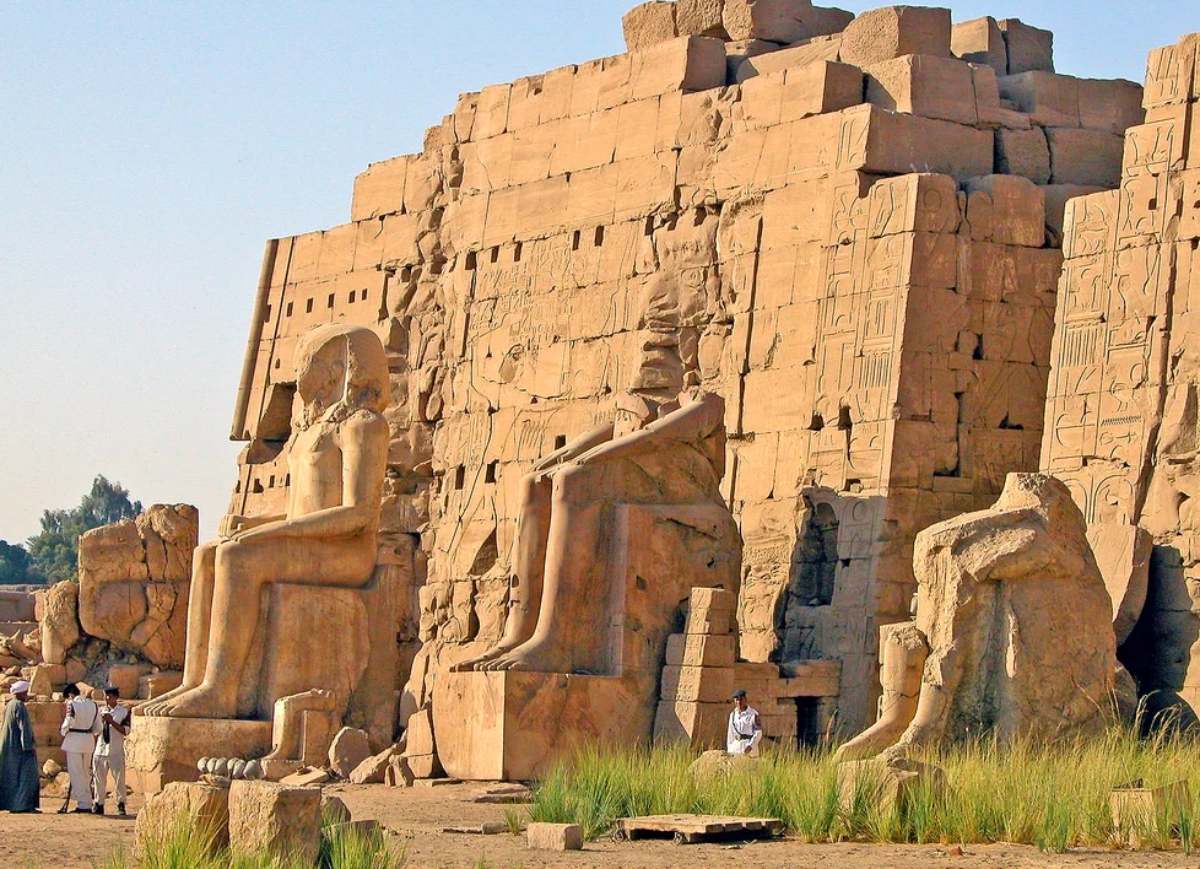Archaeologists in Egypt have discovered 3,200-year-old ruins of military barracks containing numerous artifacts. Among them was a sword inscribed with the name of Pharaoh Ramses II the Great.
The blade, made of bronze, was found in a small armory, indicating its possible use in combat. However, it is not ruled out that it could have been a ceremonial piece, given doubts about whether the ruler himself left it. It is likely that the sword was intended for a high-ranking officer in the Egyptian army.

The ancient Egyptians placed these barracks along a military road in the northwestern Nile Delta, allowing troops to counter enemies arriving from the western desert or across the Mediterranean Sea.
It’s an important discovery for understanding the strategy and especially the logistics of Egypt’s military under Ramesses II. Other military sites built by Ramesses II, such as forts, have been found in northwest Egypt, but they are not as well preserved as this one.
Peter Brand, Professor of History at the University of Memphis (USA)
Archaeologists also uncovered granaries, bread ovens, ceramic remnants of dishes with animal bones, and numerous cow burials. In Ancient Egypt, these animals were revered as celestial deities and symbolized strength, abundance, and prosperity. However, in this case, they were used for food.
Their bones were found near kitchen utensils, confirming butchery and preservation through drying.
Additionally, two limestone blocks with inscriptions were discovered: one with hieroglyphs mentioning Ramses II and the other with the name of an official named Bay.

Ramses II is considered one of the most outstanding pharaohs of Ancient Egypt, known for his successful military campaigns and numerous construction projects, including the famous temple at Abu Simbel. He reigned for about 66 years, from 1279 to 1213 BCE.






